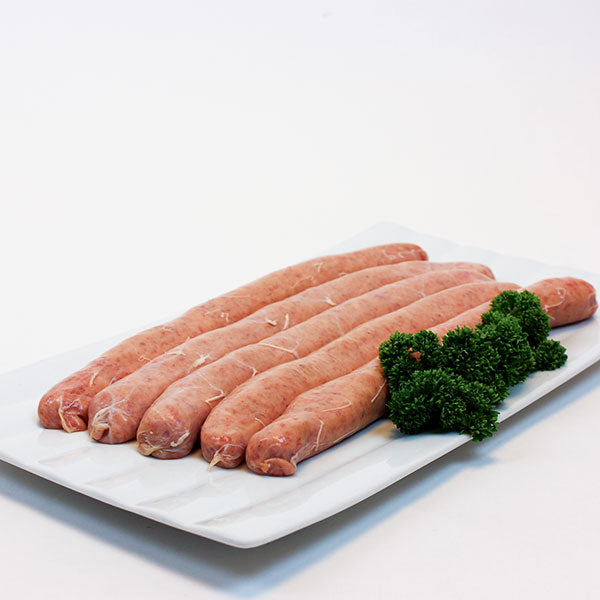The History Of The Thüringer Bratwurst
The Thüringer Bratwurst has a long culinary tradition. The specialty from the heart of Germany boasts more than 600 years of history. It stretches from the first documented mention in a monastery in Arnstadt in 1404 to its recognition as a regionally recognized specialty by the European Union (EU). The sausage is still made today according to a strict purity law. And that is not going to change.
Probably The Oldest Thüringer National Dish
The state of Thuringia has three well-known national dishes. These are, in addition to Thuringian sheet cake, the Thüringer dumpling and the Thüringer Rostbratwurst. The youngest dish with regional flair is probably the dumpling. It is based on the potato, whose cultivation for human consumption was only decreed in Thuringia in 1757. However, opinions differ on the history of the sheet cake and the Thüringer Bratwurst. Many believe the cake to be the oldest dish. But this is not definitively proven.
Undoubtedly, the history of the Thüringer Bratwurst goes back very far. According to legend, the Serbs are said to have settled in eastern Thuringia as early as the seventh century. They brought along minced meat, filled in intestines, as provisions when heavy rain forced them to rest. For simplicity, they held the entire roll over a fire, and that was, according to tradition, the first Thüringer Bratwurst.
When Was The Thüringer Rostbratwurst First Documented?
Whether this story actually happened that way cannot be definitively proven today. Clarifying when the first Thüringer Bratwurst was prepared is not very reliable based on handed-down legends. This must be substantiated with good sources. Fortunately, various texts and documents from different archives in Thuringia point to the sausage as a specific product. And this product was supposedly already produced in the early fifteenth century in the greater Thuringia area.
The first documented mention is in a document dating back to 1404. It can be found in the State Archives in Rudolstadt. It is a bill from the Virgin Monastery in Arnstadt, listing intestines for sausage. Specifically, the bill from the provost contains an entry for the payment of a penny for the intestines.
This document was only discovered in the summer of 2000 - with serious consequences for sausages from Franconia. Until then, Nuremberg claimed the oldest documented mention of a sausage for itself. That was from 1595, a recipe for a sausage of the Nuremberg Butchers' Guild.
Now, a dispute is raging between Thuringia and Franconia. However, it is considered certain that the document from Arnstadt is indeed the first documented mention of a Thüringer Bratwurst. After all, Arnstadt is undoubtedly part of the core of Thuringia. This is important because parts of Thuringia, primarily south of the Rennsteig, are considered by some contemporaries as part of the Franconian cultural area due to the dialects. A conciliatory proposal, that the sausage emerged around the same time in Thuringia and Franconia, cannot be documented.
An Early Purity Law
The purity law was also established quite early in Thuringia. This is evident from the Weimar Butchers' Ordinance for liver, sausages, and other sausages from 1432.
The "Lex et littera carnificum" from December 3, 1432, was published as the law for the bone or butchers. It states in writing that a sausage may not be altered. This meant nothing else than that it should not be spoiled. For their production, butchers were strictly forbidden to use spleens, kidneys, or hearts and other "unfit" parts. Thus, the purity law for a Thüringer Bratwurst is much older than the purity law for beer, by a full 84 years. That was only enacted in 1516.
The oldest known recipe for making a Thüringer Bratwurst is also kept in the Weimar State Archive. It was recorded on July 2, 1613 in an ordinance for the butcher's trade in Weimar, Buttstädt, and Jena. Paragraph 25 of this book also mentions a smoked Thüringer sausage. The Thüringer specialty entered literature in 1669. In his famous work about the 30 Years' War "The Adventurous Simplicissimus Teutsch," Johann Jacob Christoffel von Grimmelshausen from Gelnhausen in the Werra Valley praised the Thüringer sausage.
The first printed recipe for a Thüringer Bratwurst can be found in the Thuringian-Erfurt Cookbook of 1797. This book also describes smoking as a form of preservation. This perfectly suited the tastes of Baron and German poet prince Johann Wolfgang von Goethe. Around 1800, he had a weakness for sausages seasoned with marjoram and smoked.
Modern History Of The Thüringer Bratwurst
Until the 19th century, eating sausages was rather the exception for large parts of the population. Only the bourgeoisie could regularly afford to consume them. From the Biedermeier period, sausage stands at excursion restaurants became a popular destination for families on their Sunday walks.
Thüringer Bratwurst history was soon written at market days and festivals as well. Characteristic was the so-called Thuringian incense. This is the smell of grilled sausages, cooked on charcoal and occasionally extinguished with beer. In the first half of the 20th century, Friday became sausage day. This was because on Fridays, workers received their weekly wages.
On December 17, 2003, the history of the Thüringer Bratwurst marked a new chapter. The EU recognized the term "Thüringer Rostbratwurst" as a regionally protected name. The regulation: Such a sausage must be at least 15 centimeters long and produced in Thuringia. The sausage mix must consist of defatted coarse pork meat and pork cheeks without rind. Additionally, it may contain veal or beef with no tendons. The spices can vary locally. The mixture must include salt and pepper, plus marjoram, caraway, dried herbs, or garlic.
A Thüringer sausage is served conveniently in a roll that is cut lengthwise to about two-thirds. The recommended mustard is, naturally, the original Thüringer mustard. It is made of ground mustard seeds, refined with spirit vinegar, and a bit of horseradish. Nothing else may be contained in it.





Leave a comment
This site is protected by hCaptcha and the hCaptcha Privacy Policy and Terms of Service apply.